
“I HAVE ALWAYS ENJOYED THE CHALLENGE OF FISHING WEEDY WATERS, BUT IT CAN BE TRICKY TO MASTER THEM SOMETIMES, ALTHOUGH WHEN YOU DO, IT CAN BE A CONFIDENCE TO BE TAKEN FORWARD TO MANY PLACES AFTERWARDS.”
I think the most important aspects of fishing them are, firstly finding spots in heavy weed, and the concealing your mainline and end tackle when fishing to these areas.
Looking at finding spots, this can be quite daunting when you arrive at a lake to find it seemingly solid with weed. Sometimes you can be lucky, before going straight in with a marker rod, as occasionally the actual weed can tell you where the clear spots are just by looking. With decent polarising glasses, or bright sunshine, the way the weed lies can give you some help. I look for darker areas or holes in the weed, and these spots often have the weed fanned out or leaning over outwards around their edges. These are certainly easier to see in shallower lakes, but if you can identify these it may well save you lots of time using a lead.
Ducks and swans can also give away clear areas, and before I jump in with a leading rod, I give the birdlife a chance to show me anything by watching them diving. I also always think the weedier the lake, the closer in the fish will come, so I will always start looking as close to my own margin first for these holes or clear areas. Once I see one, I will then cast a bare lead in and see if it gets to the bottom.
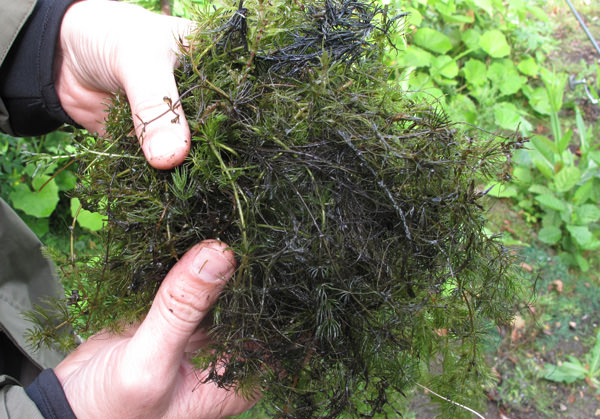
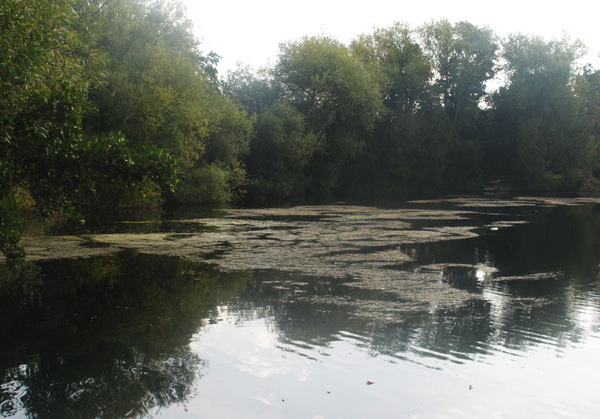
If I have to use a marker rod, I use a stiff rod loaded with Kinetic marker braid, which has zero stretch giving much better feel and sensitivity than any mono can. I only use a lead of around 3oz and never a full marker float set up. I find marker floats stick in any weed and therefore do not give as much feel as just a lead. A lead with also glide across the bottom far better, and with some of these spots being tiny, often just getting a drop without pulling back is all you’ll get. Also, a lead only can be teased out of any weed, where as a marker float with catch hold of weed and again, not give you an accurate reading.
It can be the case that once a clear area is found, you can then clip up and add a marker float for visibility. I prefer to clip up once I’m happy and have the area sighted up with a far bank point, and then wrap it up, and doing the same then with my actual rods and spod if needed. This also causes less disturbance in the long run, and once I have recorded these spots, I can just wrap up my rods next time and be straight on them.
Avoiding or minimising disturbance is another issue with weedy lakes, and i’ve often found myself repeatedly casting until i can find somewhere clear to present rigs on. As such this is almost unavoidable, especially as i won’t be happy unless i know for certain my rigs are presented in clear enough spots to be fishing effectively. It can be a case that you just have to do it, but if i can, i try to map out swims when i’m not actually fishing if possible.
This is a big advantage and takes a great deal of the pressure off when first getting set up, especially if you are late arriving etc. It can also help by not assisting others in showing them your spots, that you have worked so hard to find! I don’t want to be disclosing these to people who are watching, so being able to have your rods out with one quick cast can avoid giving away your hard work!
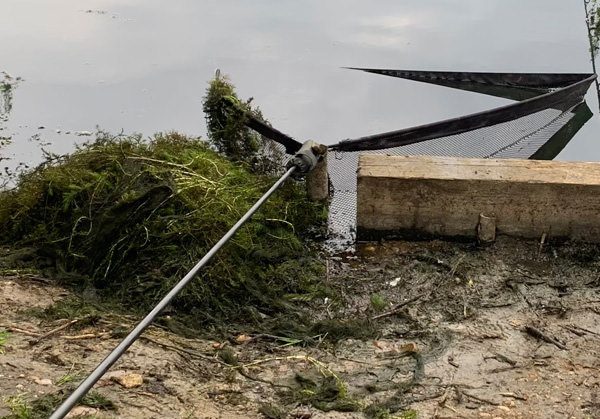
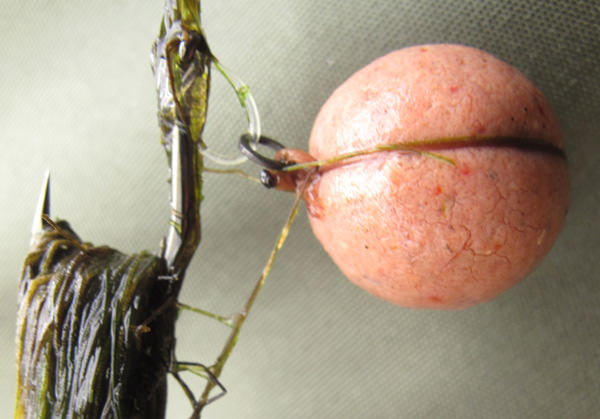
Line lay and mainline concealment are what I often find to be the hardest art to presenting your hook baits in weed. You can spend ages locating a superb spot in the middle of thick weed, only to ruin your chances by not achieving good line lay down to your rig. A heavy sinking mainline is essential, and my favourites are Noir braid (if allowed) and then Mirage Platinum fluorocarbon.
Looking at the braid first, Noir is a fantastic dark colour with a fluorocarbon weave inside, giving it superb sinking qualities. Add in the no stretch, extra feel it really comes into its own in weed. If the venue you are fishing is not only weedy, but shallow, braid is by far the best to be able to feel a drop, at longer ranges in shallow water. Using straight mono in these circumstances makes getting that feel almost impossible, but braid is a massive advantage. As well as this, braid cuts through weed better, so extracting hooked fish is also easier too, and with earlier bite indications you have a better chance of getting in faster direct contact. I favour a rod length of 20lb Mirage fluorocarbon as a leader with braid, this sinks superbly to get your end tackle down, and also gives you some buffer of stretch to the set-up, without losing any of the braid advantages. I also find braid helps when fishing over marginal weed requiring me to have my rod tips high. It is easier to get a tighter line over surface weed, but also be able to be able to release the last few feet to get that lower where its needed to be for end tackle presentation. Noir is super strong too, and not susceptible to weed damage in the way monos can be.
If I’m not able to use braid then the Platinum is my next choice. This has less stretch than standard monofilament anyway, plus it sinks superbly, helping get the line down between the weed. Distance is always an issue with fluorocarbons, but the Platinum in 14lb being softer in composition and less springy off the spool gives good casting capabilities if needed. However as most of my heavy weed fishing is a shortish distances range isn’t an issue. I would suggest in extremely heavy weed you wouldn’t want to be fishing at range anyway. With the fluorocarbon I like using 3-4 feet of the heavy camflex leadfree leader, which really pins down my rig section to the bottom. These come in a fantastic weedy green colour which suits this type of fishing perfectly.

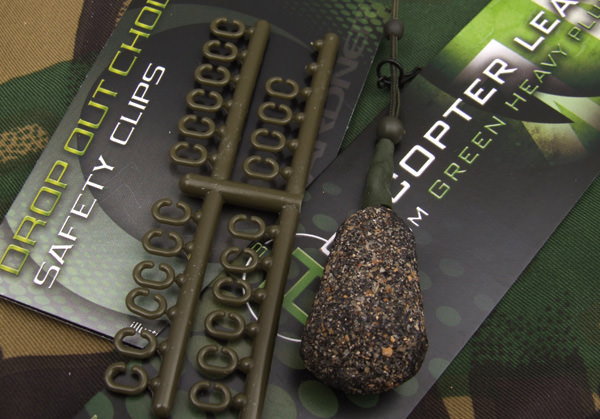
With both the braid and fluorocarbon I try to get as much line down as possible. This may mean threading around weed I can see, or even raking out a channel to my spot with one of the castable weed rakes. The most important part is the last few feet, and if I have that down, I find I can deal with the rest of my line lay, even if it means having it lying on top of the weed itself.
Lastly lead discharge is something I think is vital in weedy situations. Unless you are margin fishing with very light leads, losing your lead on a take with massively increase your chances of landing fish. I favour rotary/helicopter type set ups, and the best method I have found is using the C clips attached to my leads. I simply splice a ring onto the end of my Camflex leader, or tie one on the end of fluorocarbon, and attach my lead to it by means of the plastic C clip. I use the thinner lighter ones as much as possible, and then cover the clip and ring with a piece of silicon tubing. This works every time, also looks extremely neat, and is also easy to change lead size should you need to. I keep them on my rods all year round for that alone.
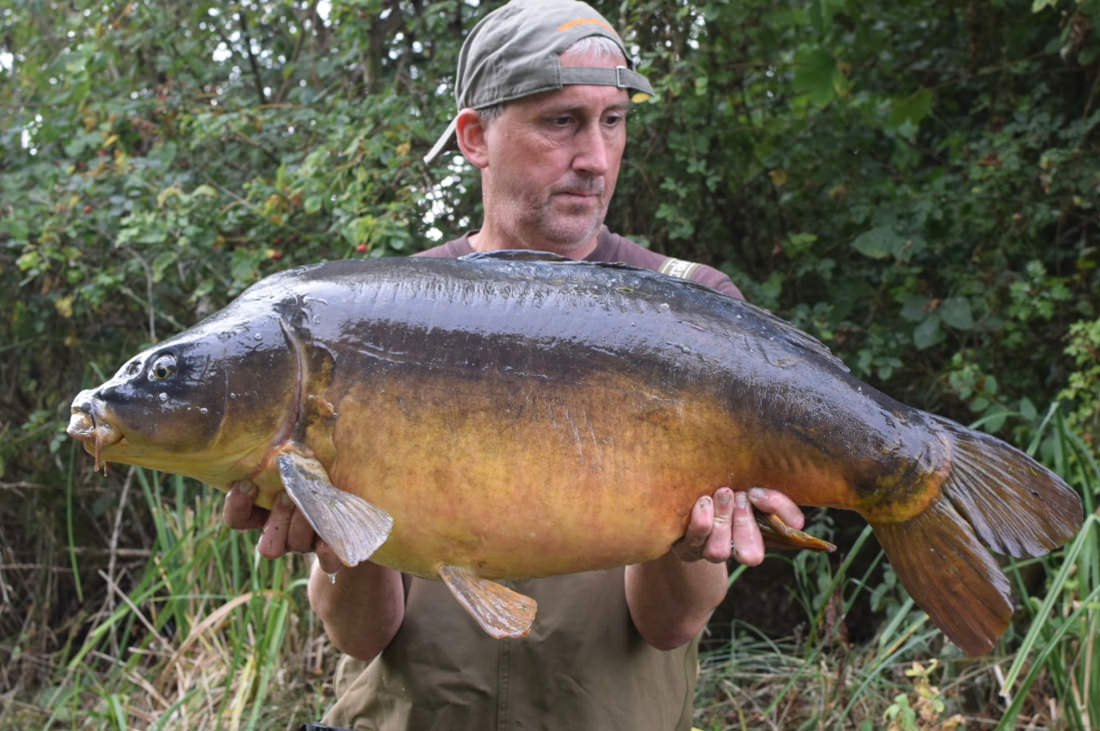
In summary I find fishing weedy lakes far more satisfying than just casting out in featureless venues. Once you have confidence in weed, it can actually make location easier, and often the fish will feed confidently closer in the bank, sometimes right in the margins, which I much prefer. I also find that spots can have much longer lifespans in weedy lakes, and once you can get something going, they seem to last better and the results can keep coming.


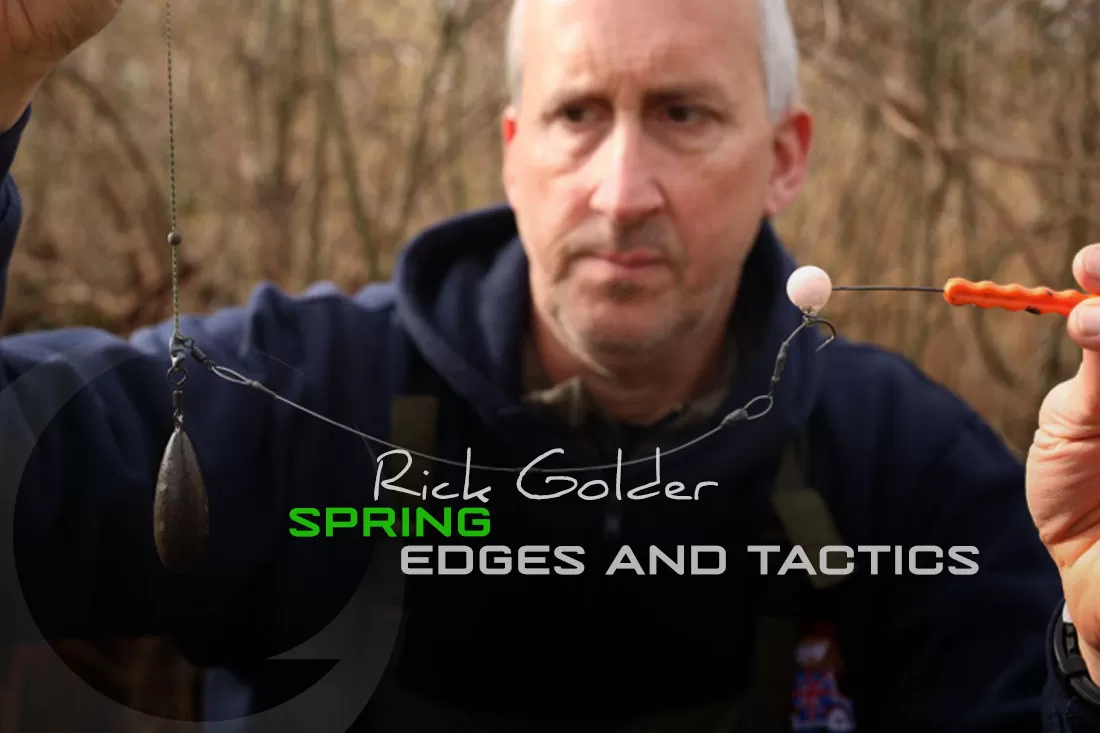
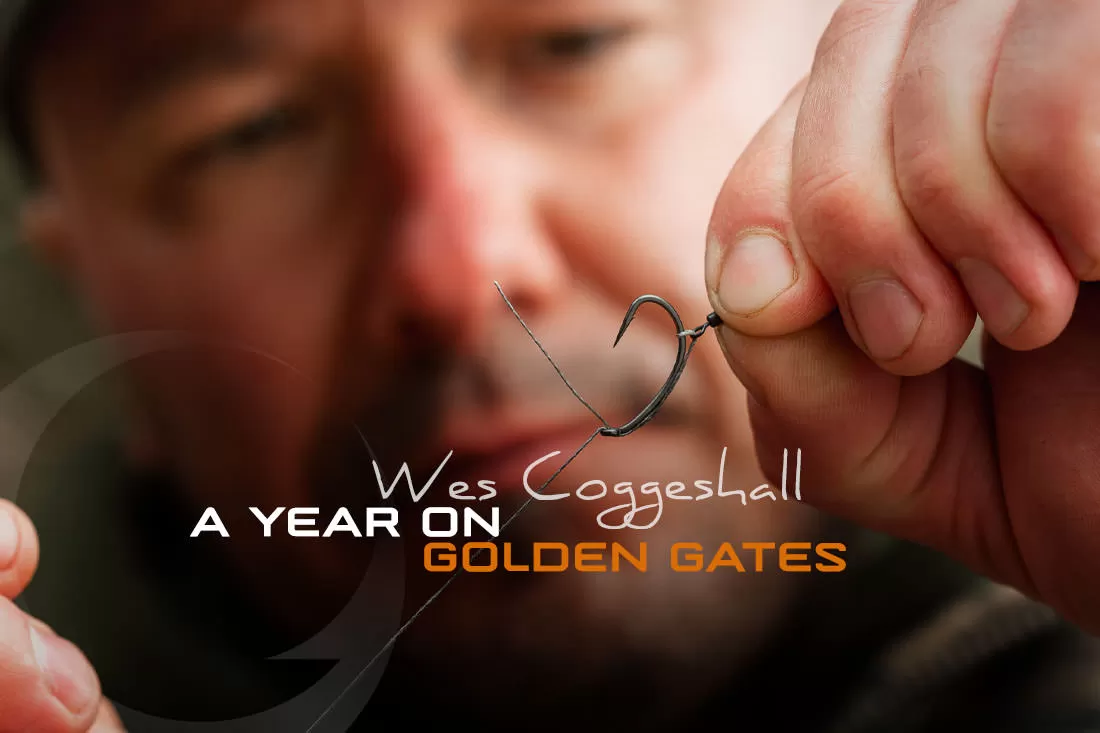
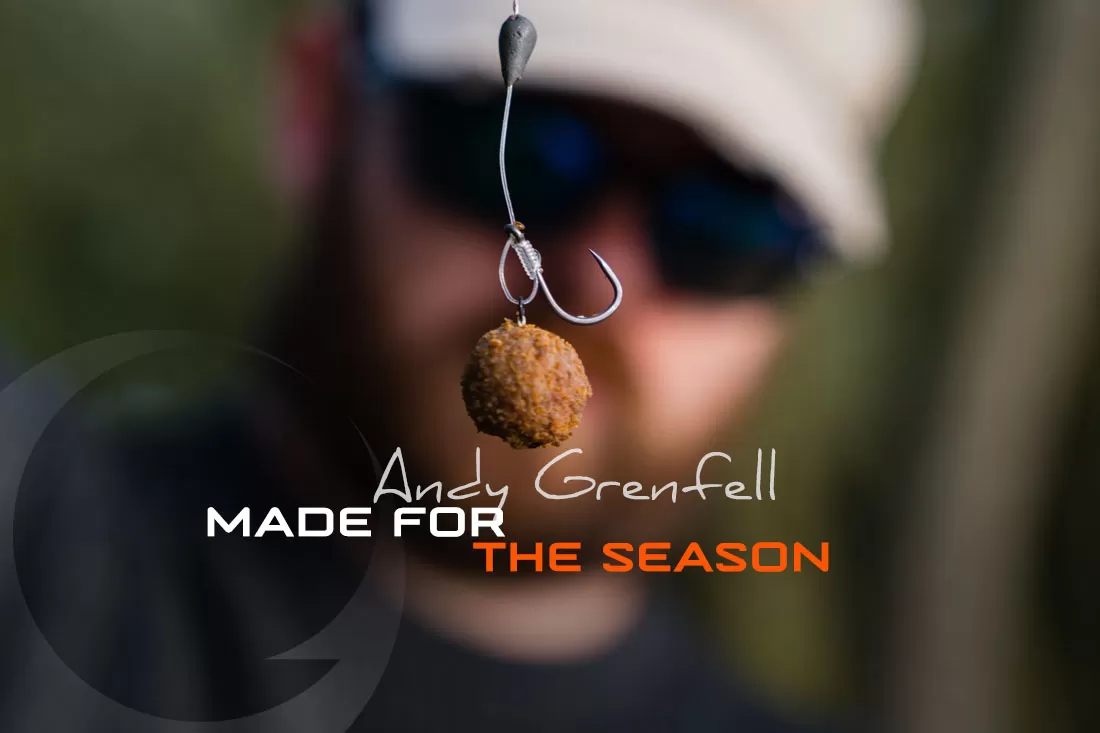
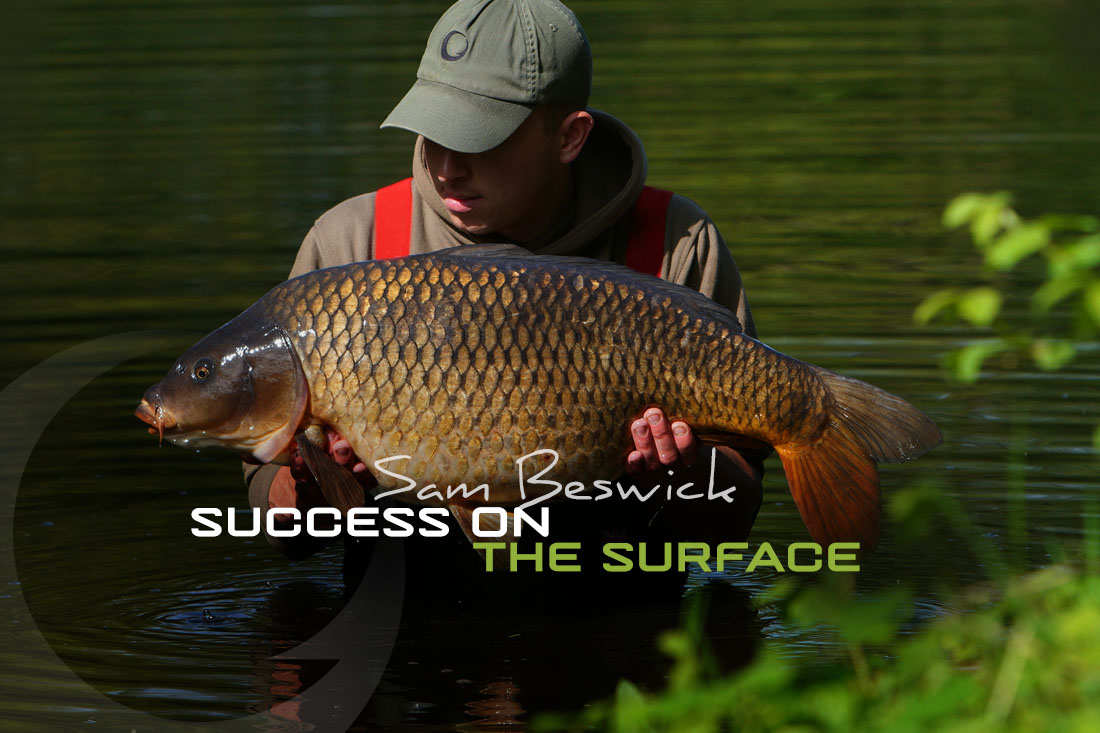
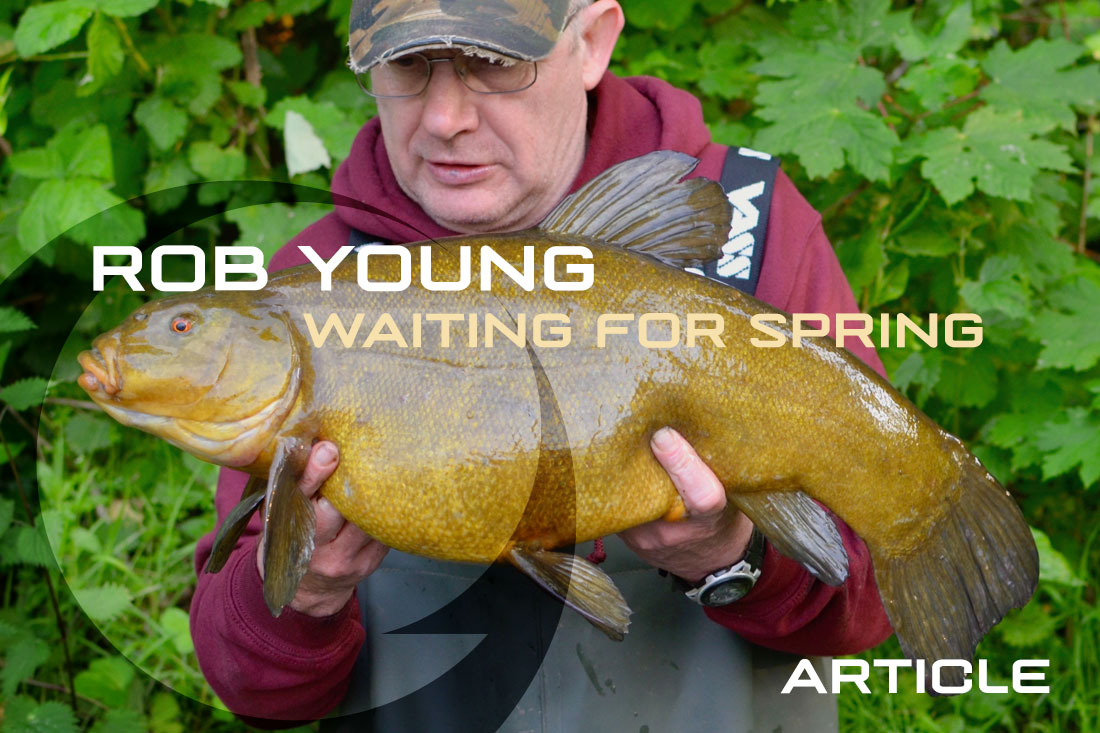
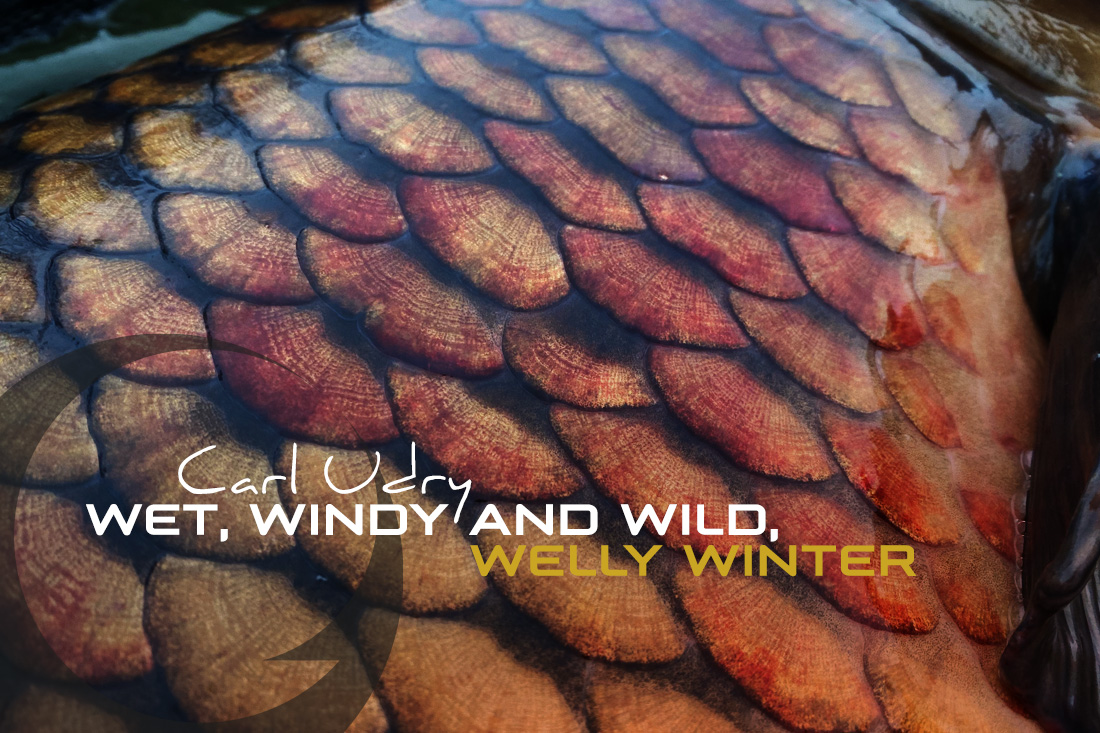
Weed is my arch enemy!